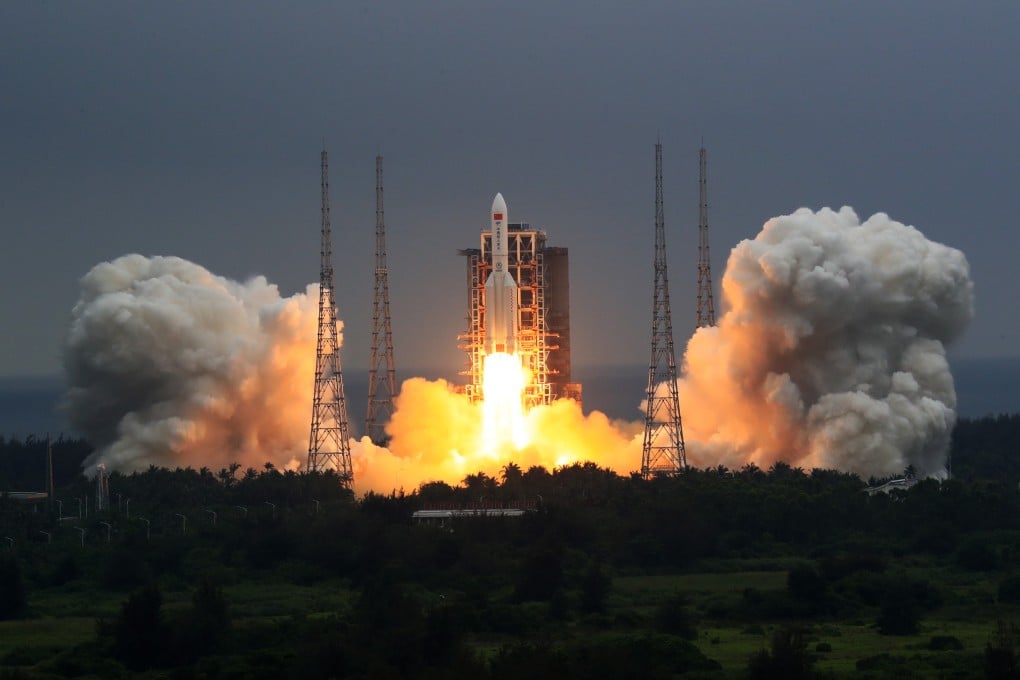Lift-off for China’s Tiangong Space Station ambitions
- The first module – core of the “Heavenly Palace” – has been sent into orbit with more components to follow over the next 12 months or so
- On completion, the station will be a quarter of the size of the 15-year-old US-led International Space Station

The module Tianhe – which means “heavenly harmony” – was blasted off from the southern island province of Hainan at 11.23am local time.
The 22 tonne component will serve as the core of the Tiangong, or “Heavenly Palace”, where astronauts will spend most of their time.

“The successful launch of the Tianhe core module indicates that the construction of our country’s space station has entered the stage of full implementation and laid a solid foundation for subsequent missions,” President Xi Jinping said.
“The construction of a space station and the establishment of a national space laboratory... is an important leading project for building a powerful country in science and technology and aerospace.”
Two separate launches in the coming weeks will send cargo and three astronauts to the core module, which is about the size of a five-storey building and can accommodate up to six astronauts. Water on board will be fully recycled.
The space station is expected to be completed next year and have a mass of about 100 tonnes. That would make it only about a quarter of the size of the International Space Station (ISS), built by a coalition of 16 countries.
